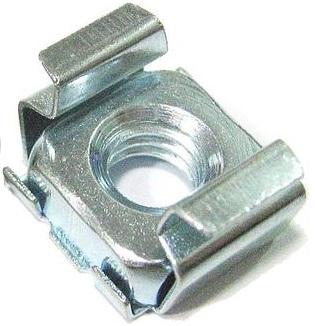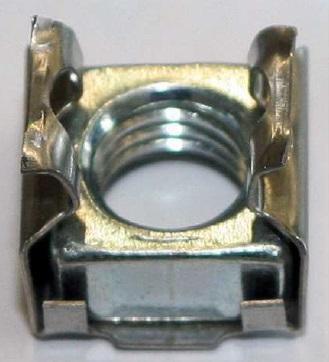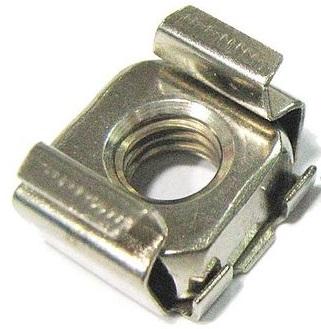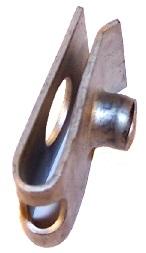Simple modification and transferability
Cage nuts can be inserted into rectangular hole perforated sheets, you do not damage or deform the surface finish and can be transferred to any perforation so you can dynamically modify your product as needed. Cage nuts are available in many variants and sizes. With cage nuts, also known as framed or cassette nuts, you can take the benefits of easy modification and transferability.
What are the benefits of cage nuts?
- For different module heights, the fixing points may be located elsewhere, for example in a rack cabinet.
- If the fastening points are on a rectangular perforated plate (for example, one below the other), the cage nut only needs to be placed into the appropriate hole and the threaded fastening option is ready there and only athe certain amount of fastener is needed.
- Smaller hole misalignments can be well compensated for, since the square nut in the cage nut is smaller than the frame (cassette), thus allowing the nut to move freely.
How can cage nuts be used?
The cage nuts must be inserted into a rectangular, mainly square, hole. Its main parts are the spring steel frame and the rectangular nut inside.
What types of cage nuts are available?
Available with steel and stainless steel frame and steel and stainless nuts. A combination of these makes the cage nut.
Its varies by the rectangular hole also.
Available for rectangle hole across flat sizes:
- 5,3mm
- 6,7mm
- 8,3mm
- 9,0mm
- 9,5mm
- 10,0mm
- 12,3mm
- 14,0mm
Available cage nut compositions:
- SS = Steel cage / Steel nut = Steel frame / Steel nut
- II = Inox cage / Stainless steel nut = Stainless steel frame / Stainless steel nut
- IS = Inox cage / Steel nut = Stainless steel frame / Steel nut
- SI = Steel cage / Stainless steel nut = Steel frame / Stainless steel nut
Find your products in our range!















